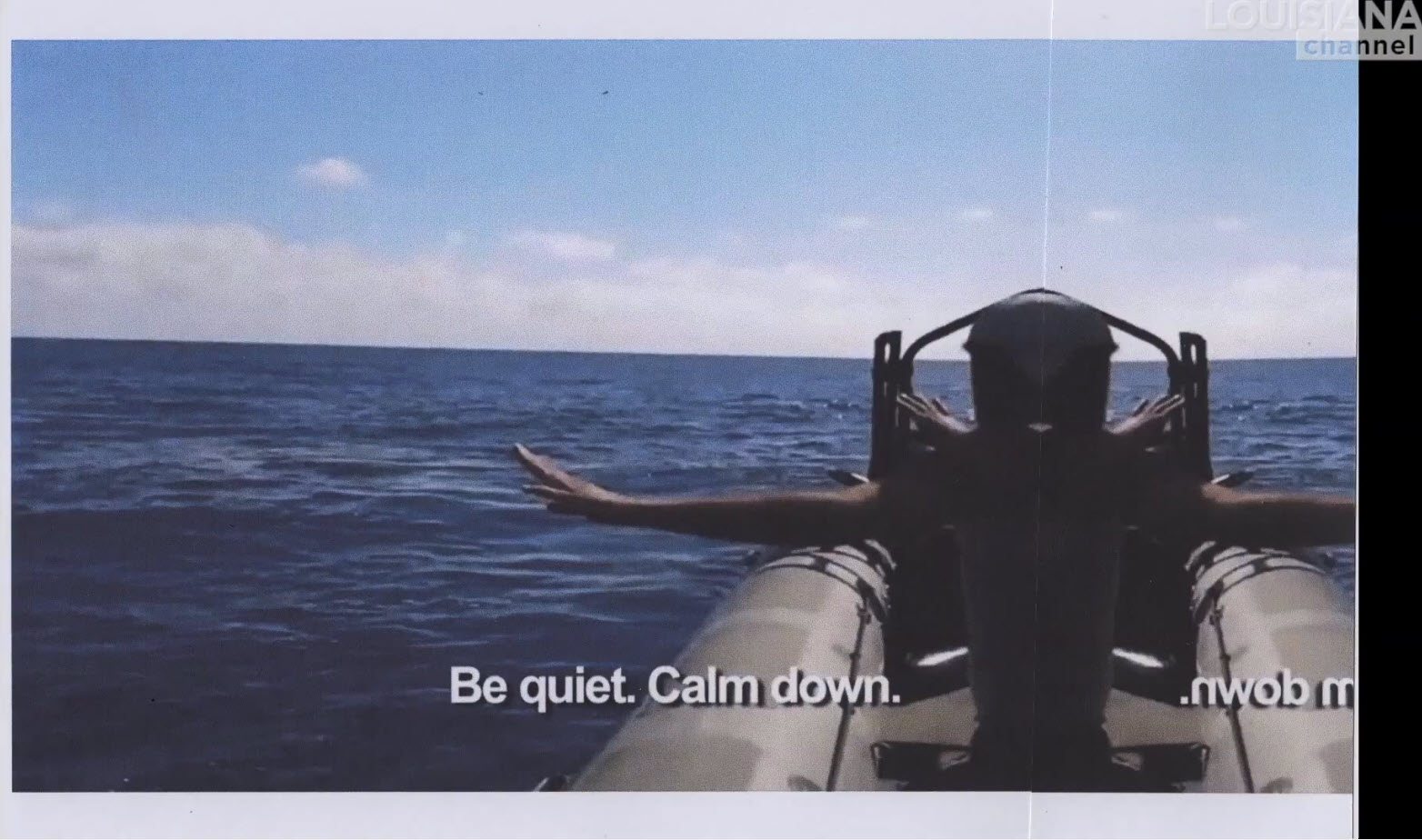VIDEO:RRH Trio-No Borders for the Soul
 Meet RRH Trio (Ramin Haerizadeh, Rokni Haerizadeh, and Hesam Rahmanian) two brothers and their childhood friend who together form RRH Trio. The Iranian artists here talk about their distinctive moving paintings, which seek to subvert and redefine the Western depiction of the migrant: “To pause, distort and estrange it.”
Meet RRH Trio (Ramin Haerizadeh, Rokni Haerizadeh, and Hesam Rahmanian) two brothers and their childhood friend who together form RRH Trio. The Iranian artists here talk about their distinctive moving paintings, which seek to subvert and redefine the Western depiction of the migrant: “To pause, distort and estrange it.”
“We call it a moving painting because every single frame is an individual painting.” RRH Trio start by looking at the most current events of our time and then search for footage from different sources, collect them, put them into a narrative, print them into single frames, and – finally – paint them. The perspective they aim for is that of the people who enter the West from the Middle East: “We are intrigued by the migrant as a force of nature. These bodies coming out of the water to cross Europe like a great migration of birds.” The images that the trio use are familiar due to the news in which they have been featured, but also because of their references to classic European paintings: “The Western analogies that our work aims to transfer by using the medium to interrupt the Western framing of the migrant.”
RRH Trio are Ramin Haerizadeh (b.1975, Tehran), Rokni Haerizadeh (b.1978, Tehran), and Hesam Rahmanian (b.1980, Knoxville). The three artists, who have lived together in a shared house in Dubai since 2009, work with paintings, sculpture, drawing, videos, and performance. The trio has exhibited at prominent venues including Frye Art Museum in Seattle, Kunsthalle in Zurich, 9th Liverpool Biennial (2016), 57th Venice Biennale (2017), and Institute of Contemporary Art in Boston. Their work is also in the collections of Fundacio Han Nefkens in Barcelona and LACMA in Los Angeles among others.
RRH Trio (Ramin Haerizadeh, Rokni Haerizadeh, and Hesam Rahmanian), No Borders for the Soul, Interview by Kasper Bech Dyg, Camera: Rasmus Quistgaard, Produced by Kasper Bech Dyg, Edited by Rasmus Quistgaard and Kasper Bech Dyg, © Louisiana Channel, Louisiana Museum of Modern Art, 2019, Supported by Nordea-fonden
